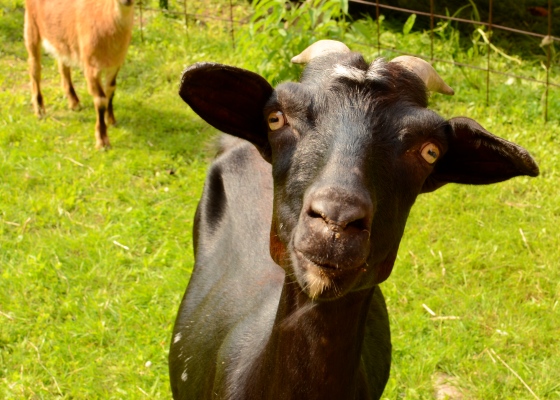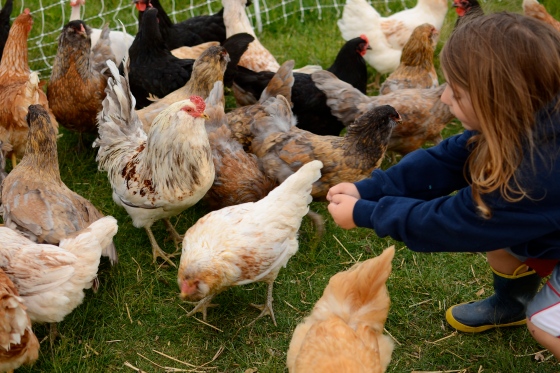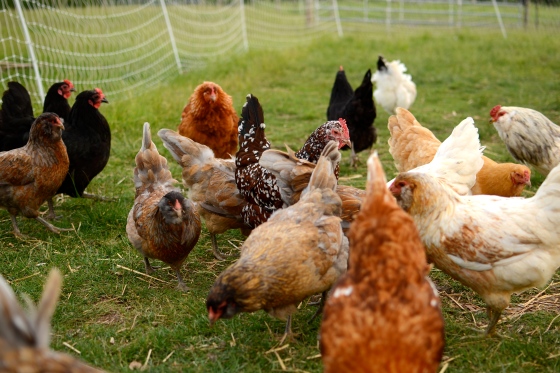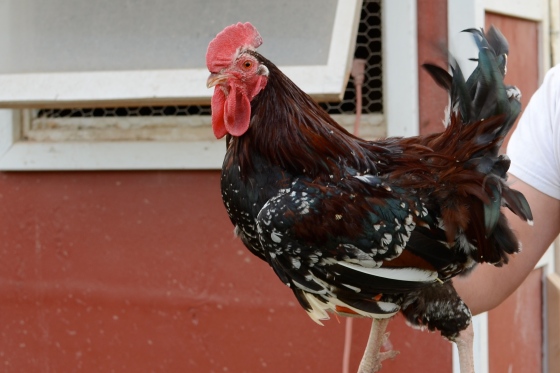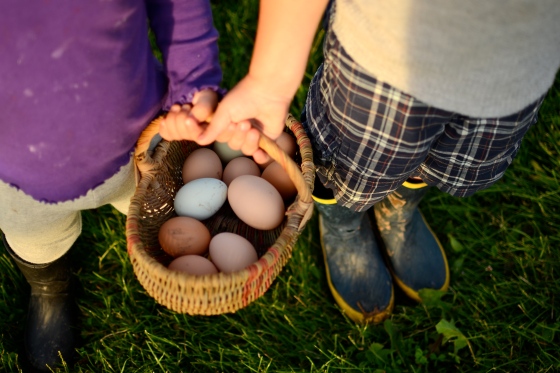Meet our newest additions, our meat goats.
These ladies and gents are one of the easiest keepers on the farm, maybe even simpler than our little bovine herd. With the exception of the occasional hoof trim and a lovely little incident with goat lice among the last group we brought in ( all I’m going to say is thank the heavens that we quarantine all newcomers and that the louse are species specific. YUCK!) they pretty much take care of themselves.
We have two breeds in this herd, Boars and Kikos. Some are full bred, others are some cross of the two. The Kikos tend to be a hardy breed and more apt to eat just about anything. The boars seem to convert feed to muscle more efficiently so they should theoretically make the most optimal cross. With two huge ponds, a maple grove, lines and lines of pine trees and brush that is hellbent on devouring our fence line, not to mention the acres and acres of grass that would need to be mowed by one of us, we were in desperate need of a little help. This summer has been hijacked by a massive project which aims to re-grade a ditch that runs the length of our property and has required weeks of Kevin’s attention, as well as a weekend of help from his dad and a good bit of help from a neighbor, to cut down about 50 trees and clear it out before the heavy machinery can be brought in to complete the job. Needless to say, between this and all the other daily chores and winter preparations, we were in desperate need of some help.
Our main goal when bringing in goats was to have some sort of livestock that would cleanup and clear out the north part of our property, taking that demand off of us this summer. And, like everything else, it needed to meet our criteria of providing some sort of income and a possible food source for us. Meat goats seem to be the answer, mostly because I do not have the time or energy to milk an entire dairy goat herd right now which was our other option. We decided to bring in two breeds in the hope of encouraging hardiness within our bloodlines, especially since we plan on only producing grass-fed meat and have no intentions of showing them.
This will probably be one of the last additions to the farm for a while now, excepting births next spring, which will be limited to the goats and probably only a few sheep. With everything that has been going on this past year I missed our small window to get the cows bred in order to time the births in early spring and will now most likely have to wait until next July to schedule a visit from the AI specialist. At this point, we have only sold three of this year’s lambs and will only be butchering two of last year’s wethers for meat, leaving us at a herd total of 27, two more than the high-end of what I had hoped to go into winter with. Unless we sell a whole bunch in the next two months, only a few girls will be headed for a date with Zeke and Fergus this November.
Now it’s up to Nelson, our Kiko buck, to get down to business this fall and expand our herd. Hang in there buddy, November will be here in no time!






